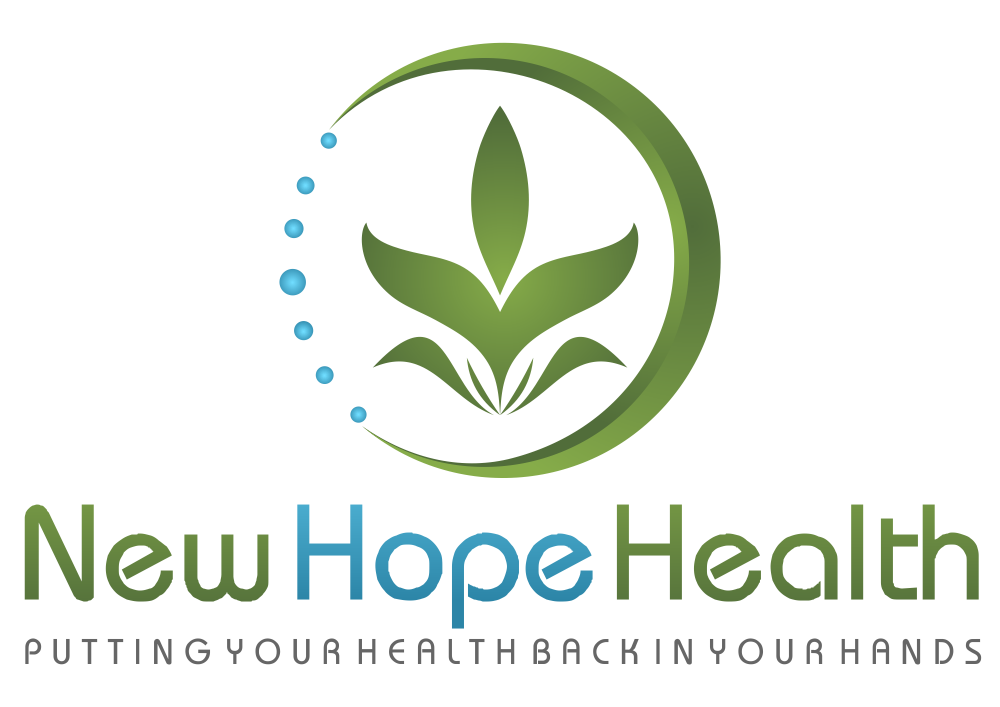
I have recently had several clients express how confusing it was to read food labels at the grocery store. What does it all mean? This post will give you the 101 on food labels and what the various terms mean (if anything).
Although there are lots of issues and confusion around food labels, studies do indicate that in many cases it does influence consumers to choose better options1. For example, even if you were buying a processed snack food like potato chips, if one says “no trans fats”, even if you don’t know what that means, you’re more likely to deduce that trans fats are bad and choose that as opposed to another one that may not have that label.
Here’s a list of some of the most common terms (along with some nuances to be aware of):
- Organic– If a product is labeled organic it has to have been grown in soil that hasn’t had any chemicals (herbicides, fungicides, pesticides, etc) used on it for at least 3 years. This is typically the best option to avoid excessive toxins in your food. Click here for more on organic food.
- Vegan– The vegan label means that the food contains no animal products at all…so no dairy, meat, eggs, butter, etc. Just pay attention to the actual ingredients. If you are looking for optimal health, know that a food can be vegan and still contain many unhealthy ingredients. For example, sugar, seed oils and many food dyes are vegan but not health promoting. For more information on veganism, check these out “A Whole Food Vegan Diet for Health and Vitality” and “Whole Food Vegan Diet-Get Healthy Now”
- Natural– There is NO legal stipulation for this label. Something labeled “natural” is mostly a marketing term. Again, for optimal health, always check the ingredients so you know what you’re getting.
- Keto-friendly– This typically just means it’s low in carbohydrates (and therefore higher in fat and/or protein). Bacon is “keto-friendly” but not healthy. Walnuts are a great example that would be keto friendly and also beneficial.
- Real or 100%- This label is often found on things like juice (as in, “made with 100% fruit” or “Made with real fruit”. Again, check the label..it will likely indeed have real juice from whole fruit but that doesn’t mean that is all that’s in it. It could have dyes, toxic sugars (“Your Brain on Sugar” and “You’re so Sweet”) or other ingredients that you won’t want.
- Gluten Free (GF)- Similar to many of the others, a product can be free of gluten but still contain sugar, white flour, preservatives and more. For more information about gluten, check these out: (“The Gluten Review” and “Should all People Avoid Gluten?“)
- Sugar free– There’s a lot of confusion about sweeteners but most people know that sugar is not good. However, a product can say “sugar free” and still be sweetened with anything else including toxic sweeteners such as Splenda, aspartame or high fructose corn syrup.
- Low sodium– This means that there is 140 mg of sodium or less per serving. But here’s the catch. If a company has a high sodium product to sell but they want to use this label, all they have to do is reduce the serving size so it fits within the parameters. Also, white table salt, the kind most often used in processed foods, it not health promoting at all. If you can, in most cases it’s better to get products with no added sodium and just add your own Pink Salt.
I wish there was a simpler answer. Marketing companies play a big role in food labels. You really have to read the ingredient list to know what you’re really getting.
There’s a really EASY way to navigate this craziness that is simpler on your brain and best for your body. Eat whole organic food. There’s no question about what’s in an organic apple or organic walnuts or organic spaghetti squash. If it’s organic, it can’t be sprayed with chemicals or genetically modified. If it’s whole, then nothing is added to it…It’s naked!
Reference:
1. Shangguan S, Afshin A, Shulkin M, et al. A Meta-Analysis of Food Labeling Effects on Consumer Diet Behaviors and Industry Practices. Am J Prev Med. 2019;56(2). doi:10.1016/j.amepre.2018.09.024
Nothing said or implied in this post is intended to treat, cure, diagnose or prevent any disease. It does not take the place of a qualified health care practitioner and is intended for educational purposes only.

Dr. LeAnn Fritz, PhD
Dr. LeAnn is a practitioner, coach, speaker, consultant, and the founder of New Hope Health. She is also the author of The Quantum Weight Loss Blueprint, and Get Healthy Now. She is laser-focused on practical, evidence-based practices to empower her clients to get real results that last. She sets the bar when it comes to radiant health that will change every area of your life forevermore.
Recent Posts
Parasites- Living Inside Your Body, Without Paying Rent!
Parasites…I know…the thought of them living inside your body feels like something from a horror
Holistic Detox: A Naturopathic Doctor’s Guide to Cleansing Your Body for Optimal Health
Detox is a powerful way to reset your body and enhance your health. As a
Watermelon Slurpy…Upgraded!
It’s summer and it’s HOT! You’re looking for a refreshing cold drink that will give
Curious about achieving your highest level of health?
Schedule your consultation with Dr. LeAnn today, and get your health back in your hands.


